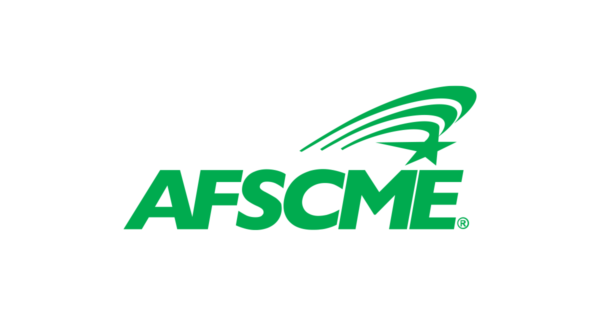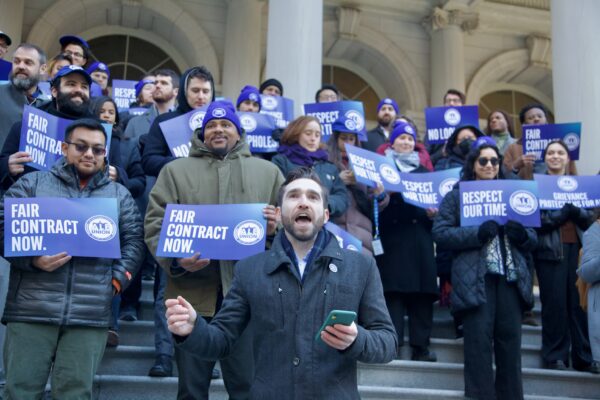October 6, 2014
By Reprinted from ObamacareFixit.org
One year later, the Affordable Care Act (ACA) exchange marketplace has greatly reduced the number of uninsured Americans. That was one of the law’s goals. But, as the leader of a growing union with more than 270,000 members, I do know this: Obamacare needs to be fixed. And, that conversation will, and should, shape the politics of 2016.
Despite unrelenting efforts by Republicans, Obamacare is here to stay. But if Democrats think all is well with the ACA, they should know better. If they truly believe in the benefits of expanded access to health care, they need not only to celebrate those added to the health-care rolls, but also to fix the law to protect those who have lost or will lose their existing coverage due to the law’s perverse incentives.
While the ACA has helped millions of people obtain insurance for the first time, if Washington doesn’t get its act together, millions more will see dramatic reductions in benefits and cost increases in their coverage. The five largest for-profit health insurance companies spent a billion dollars a month buying up other insurers and providers in the two years leading up to enrollment. There isn’t nearly as much competition as we’re going to need.
At the same time, nonprofit health plans sponsored by unions and churches, often the only real competition for the for-profit insurers before reform, don’t have access to the ACA’s subsidies. These plans are having trouble keeping their own members because employers see less comprehensive subsidized exchange coverage as a cheaper option. Nonprofit health plans also cannot offer their services on the ACA exchanges in fair competition with the for-profit sector. Self-funded nonprofit plans are regulated strictly by the federal government—additional licensing and solvency requirements by state regulators can cost $20-$50 million per state. Our plans do not have billions in cash reserves.
The law creates two perverse incentives for employers who currently provide comprehensive health coverage: Dump workers onto the exchanges with the likelihood of less comprehensive coverage or reduce coverage in their existing plans. The temptation for employers to dump covered workers onto the exchanges is enormous given the difference in costs. Our plans typically cover more than 90 percent of workers’ costs in traditional low-wage industries. However, employer-sponsored plans qualify as “affordable” under the ACA if they account for just 60 percent of the patients’ costs. Most people can’t afford 40 percent of their medical costs plus a premium, but new University of South Carolina polling shows that more than 70 percent of Fortune 500 employers are increasing workers’ costs. The overall impact of the law on working class families with good, comprehensive health coverage is a hard push in the direction of less coverage and more out-of-pocket costs.
The ACA has done nothing to address the drivers of escalating health-care costs. Profit-driven hospital systems are building local and regional monopolies unchecked, and pharmaceutical costs continue to soar. These underlying trends are driving insurers to protect their own bottom lines with perverse new tactics like trying to drive high-cost patients, so called “non-preferreds,” out of drug plans.
These challenges are very real and need to be addressed. As 2016 kicks into full gear for president and Congress, including key Senate races, we will be watching the discussion closely. The ACA is potentially a good law, but it needs to be fixed.
***This post by UNITE HERE President D. Taylor was published at Politico Magazine’s “The Agenda,” in a piece titled: Obamacare 2.0: The Affordable Care Act survived Year One. Fifteen health-care thinkers tell us how to fix—or reimagine—it for the long haul



